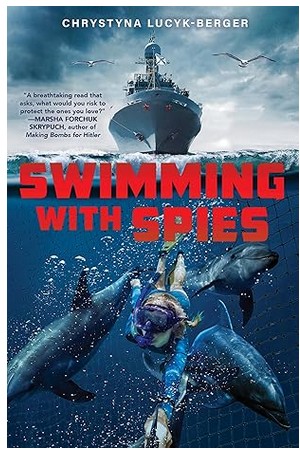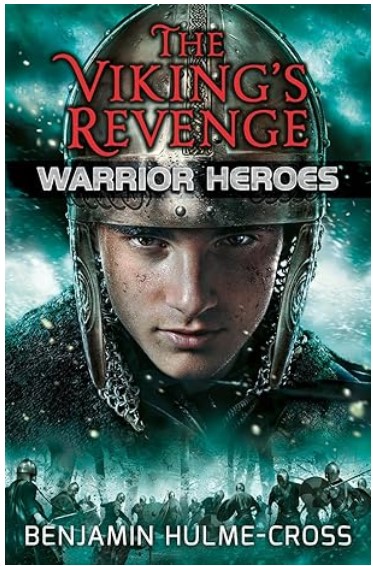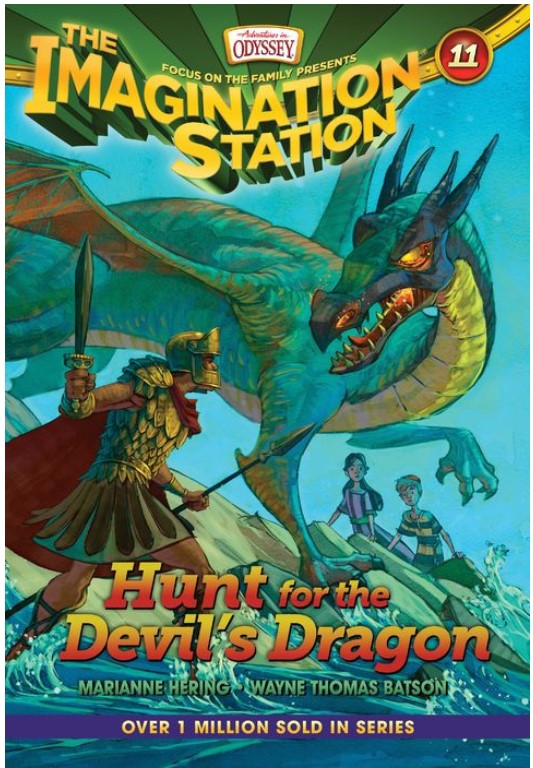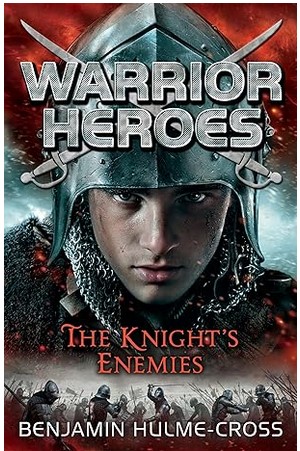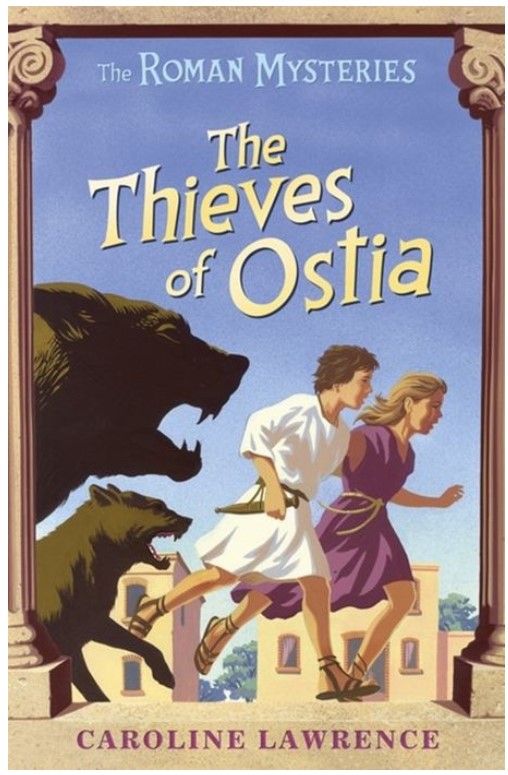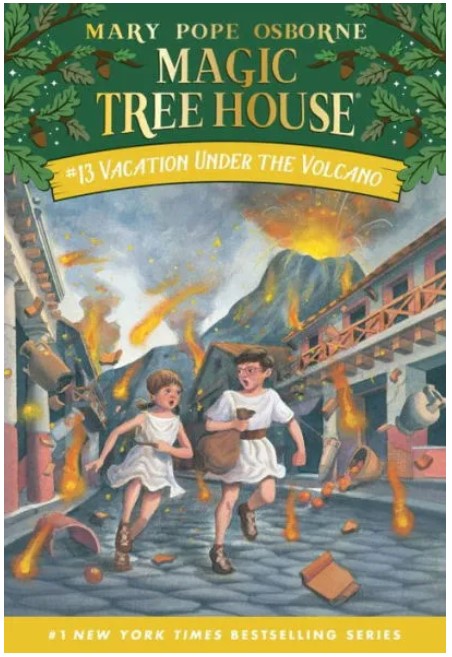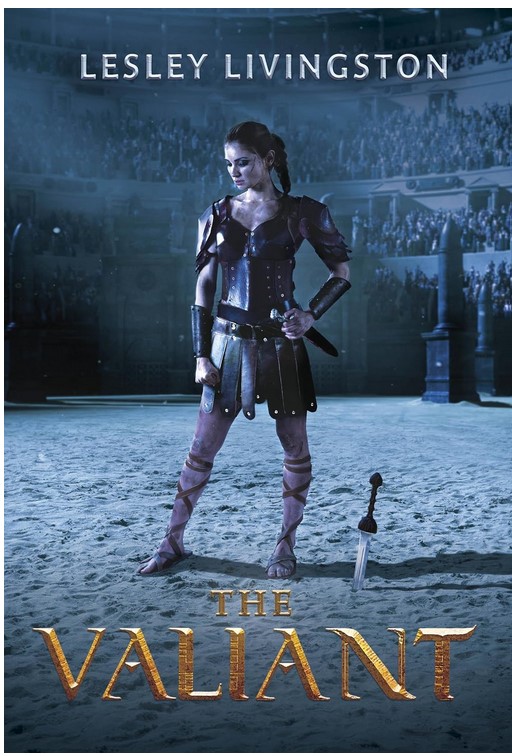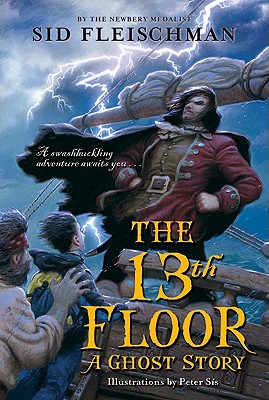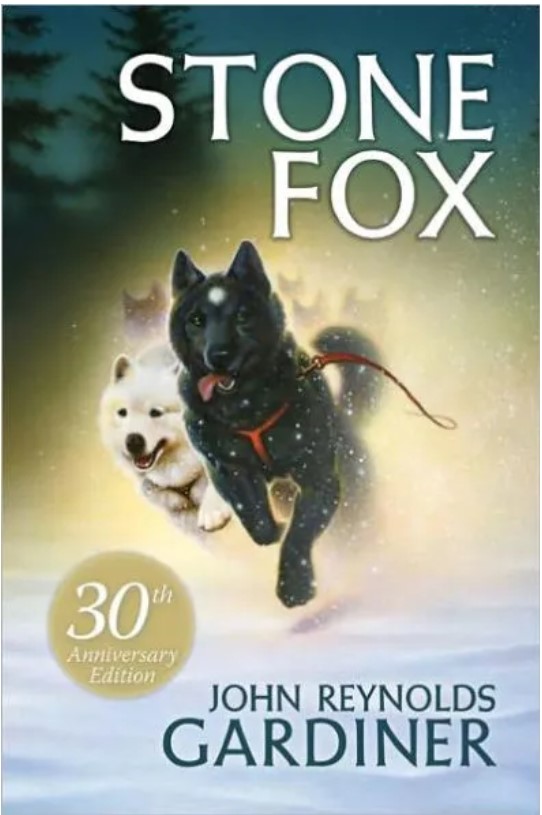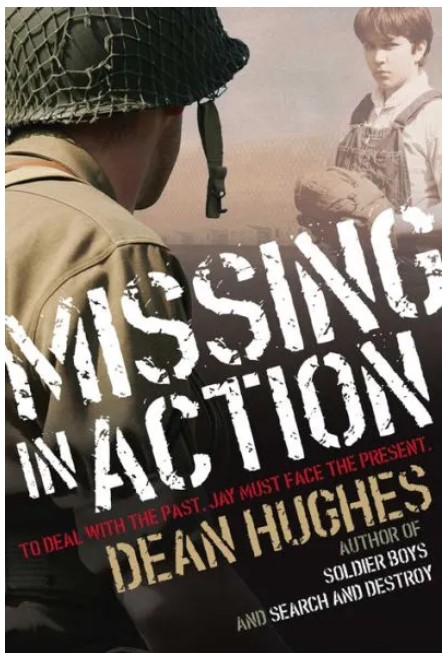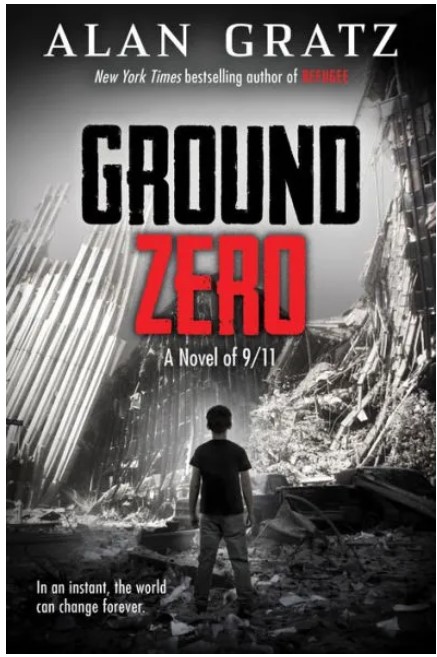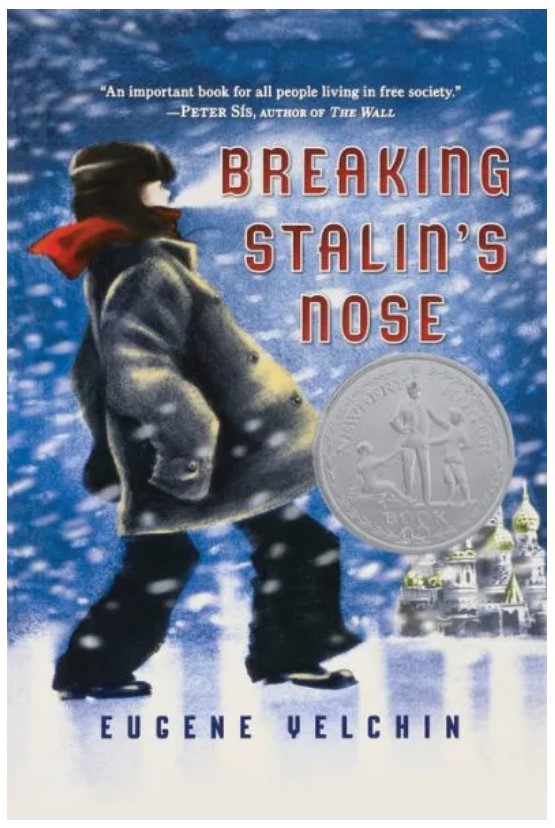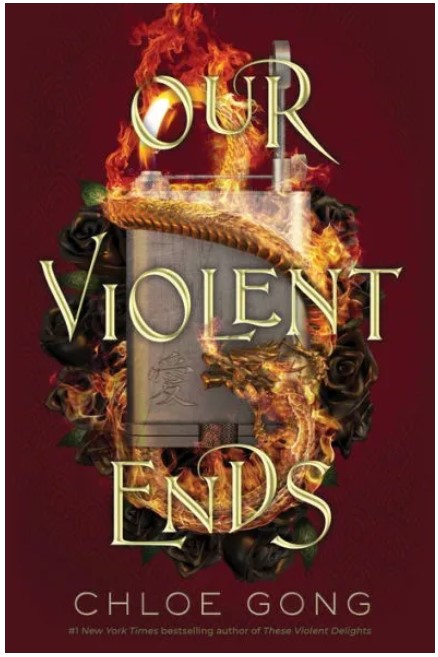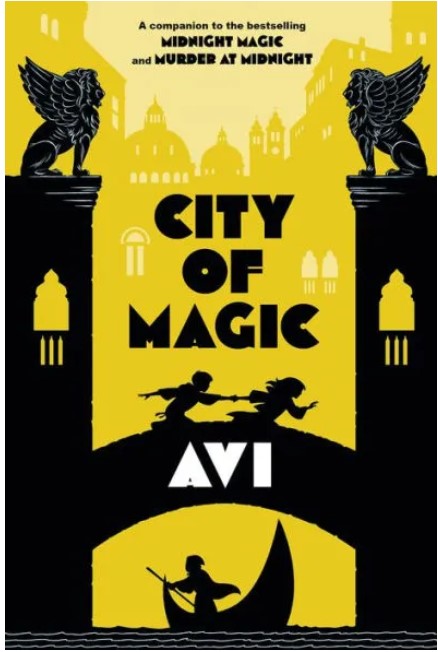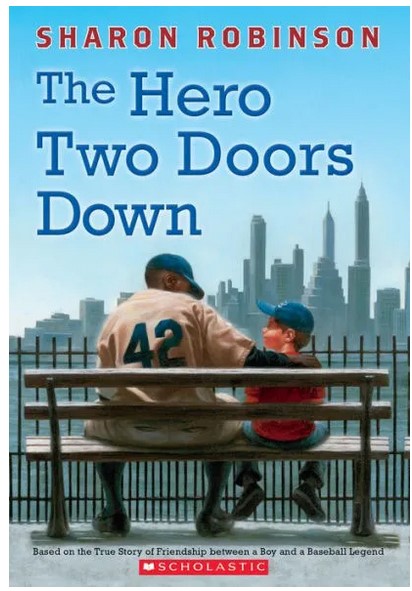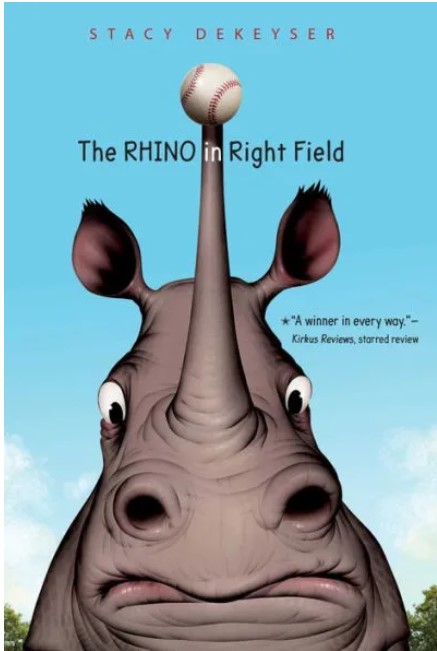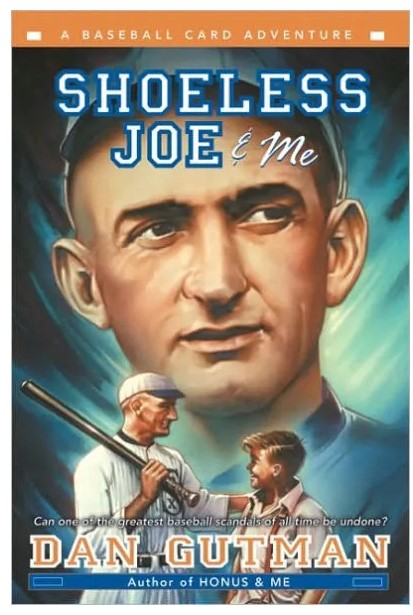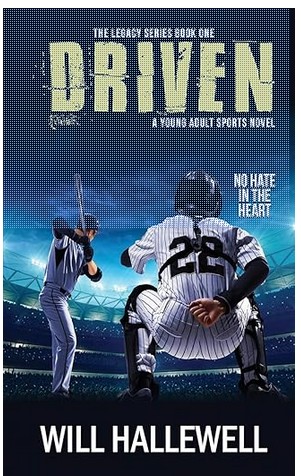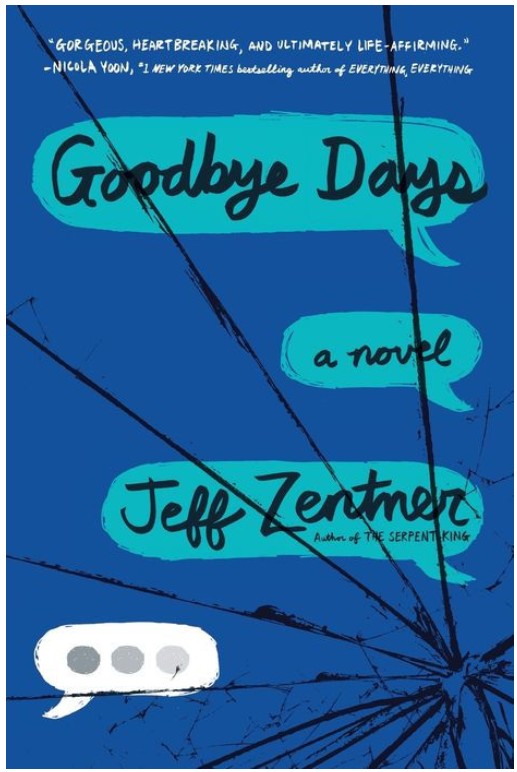It’s 1889, barely twenty-five years after the Emancipation Proclamation, and a young Black family is tired of working on land they don’t get to own.
So when Will and his father hear about an upcoming land rush, they set out on a journey from Texas to Oklahoma, racing thousands of others to the place where land is free—if they can get to it fast enough. But the journey isn’t easy—the terrain is rough, the bandits are brutal, and every interaction carries a heavy undercurrent of danger.
And then there’s the stranger they encounter and befriend: a mysterious soldier named Caesar, whose Union emblem brings more attention—and more trouble—than any of them need.
All three are propelled by the promise of something long denied to them: freedom, land ownership, and a place to call home—but is a strong will enough to get them there?
Twelve-year-old Will longs for adventure and wants to prove to his father that he’s no longer a child. Reluctantly, Will’s father takes the boy on a journey to claim land in Oklahoma’s land rush. Will struggles to understand his father but still wants to make his father proud of him. As the two travel together, Will fights rattlesnakes, racism, and thieves. He also gains insight into the discrimination that exists despite the Emancipation Proclamation. Along the way, readers will empathize with Will’s fight for survival and his hope of finding a better future — a future where he is free.
Will’s Race for Home shines a light on the history of the land rush as well as the Civil War. Will and his father meet Caesar, a Black man who fought in the war. Meeting Caesar allows Will to understand the effects of war on soldiers. Despite fighting for a noble cause — freedom — killing a man leaves a wound that is difficult to heal. Will’s father relates this to his own experience of killing a man; he says, “It’s wrong to kill. Wrong to enslave people. Some call the Civil War a ‘just’ war. But everyone deserves to live. Shooting a man, even in self-defense, even by accident, damages your soul.” After Will claims his land, he is confronted by a “gunslinger” who tries to steal the land claim. Will, like others before him, must decide if he is willing to kill in order to keep the land he has fought so hard to claim.
Will’s Race for Home mixes historical facts with action and adventure to tell the compelling story of the Oklahoma land rush. While owning land is one step toward freedom, Will demonstrates that loyalty and friendship are more important than land. The short chapters keep the story moving quickly while still having moments of quiet where Will reflects on the past and the future. This allows the reader to see Will grow from a child seeking adventure to a man capable of protecting what he loves. To learn more about the struggle for freedom, readers should add Charlotte Spies For Justice by Nikki Shannon Smith and The Underground Abductor: An Abolitionist Tale about Harriet Tubman by Nathan Hale to their reading list.
Sexual Content
- None
Violence
- While traveling through Texas, a rattlesnake threatens the family’s mule. Will hits the snake with a branch. “I dart, trying to wound it. . . Hit again and again. Some hits are wide. Some glance off the snake’s scales. . . I slam the log down, crushing the snake’s head, its tan jaws bursting.”
- While in town, Will’s father goes into a store and leaves Will to protect the wagon. Three men attack Will. One man “grips my waist, trying to pull me down. I kick, hitting his chest again and again.” Another man pushes “Will right into the thief’s arms. I squirm, slap, trying to batter his face. . . The second man tries capturing my hands.”
- As Will struggles, he is thrown into the dirt. “A boot lands on my back. I moan. My arms and legs twitch, flail. I can’t get up.” A Black man finally intervenes by pointing a gun at the men and threatening them.
- When Will’s father comes out of the store, he “punches the man holding our rifles. Then the mustached man, too.” The thieves give back the money and rifle and leave. Will is angry that the sheriff won’t put the white men in jail.
- The thieves find Caesar and attack him. Will runs for help “hearing hits, thrusts, and moans. . . The mustached man shoves Caesar. Arms flailing, he falls forward. The other two men flip and hold him down. . . The mustached leader stomps on his hand.” The fight stops when the sheriff fires a gun and orders Caesar and Will’s father to leave town. Caesar’s hand is broken.
- Caesar goes into town again, and the three thieves ambush him. “The first bullet misses; the second flies overhead. The third hits his shoulder, spinning him ninety degrees. He collapses. His gun skitters in the dirt.” Will lies on Caesar, protecting him with his body. The doctor tries to help Caesar, but the sheriff prevents him. A man drapes the unconscious Caesar over his horse, and the sheriff orders Will to leave town.
- Will and his father remove the bullet from Caesar. Will holds Caesar down while “Father’s knife tip presses deeper. Caesar groans, the sound whistling up from his chest, through his teeth. Both legs kick out. His hands clench.”
- After the Civil War, Will’s grandfather, Pa, and Will’s father leave the plantation. “An overseer attacked us. . . Pa stepped in front of me, telling me to run. I couldn’t . . . Any shot would most likely pierce us first.” Pa and the overseer fight over a gun, and the overseer is shot. Pa tried to save the man, but he died.
- People had to forge a river to get to Oklahoma. When Will gets there, he sees “dead horses, men, women float in the churning, muddy brown river.”
Drugs and Alcohol
- Will and his father go into town, where they see some drunk men enter the saloon.
- Caesar agrees to travel with Will and his father. To celebrate, Caesar takes out a flask of brandy. There is enough for each man to have “one good swallow.”
Language
- After Will kills a snake, his father grabs him and repeats, “Oh, Lord. Oh Lord.”
Supernatural
- None
Spiritual Content
- The Samuels family has a Bible with an incomplete family tree.
- Will struggles to get along with his father. Will thinks, “The Bible teaches me to respect my father. I try. I do.”
- When the Civil War ended, Will’s grandfather was freed. “Seeing people free themselves from slavery made him happy. Made him feel he was an instrument of God’s justice.” As Will’s father tells the story, he says Deuteronomy 32:10 and explains its meaning: “Though they may be enslaved, even struggling with faith, God never stops watching over his people. The promised land is real.”
- When forging the river, Will prays “for all of us.”
- While waiting for the land rush to begin, Will meets a preacher who says, “The Lord promised our people a promised land. This is it.”
- When a gunslinger tries to force Will to leave his land, Will refuses. He wonders, “If I’d killed the gunslinger, would it have been the right thing? Father would say, ‘No. Exodus Twenty Thirteen, ‘Thou shall not kill.’”
- During Christmas, Will reads the family bible. “[Mary] brought forth her firstborn son, and wrapped him in swaddling clothes, and laid him in a manger; because there was no room for them in the inn.”


